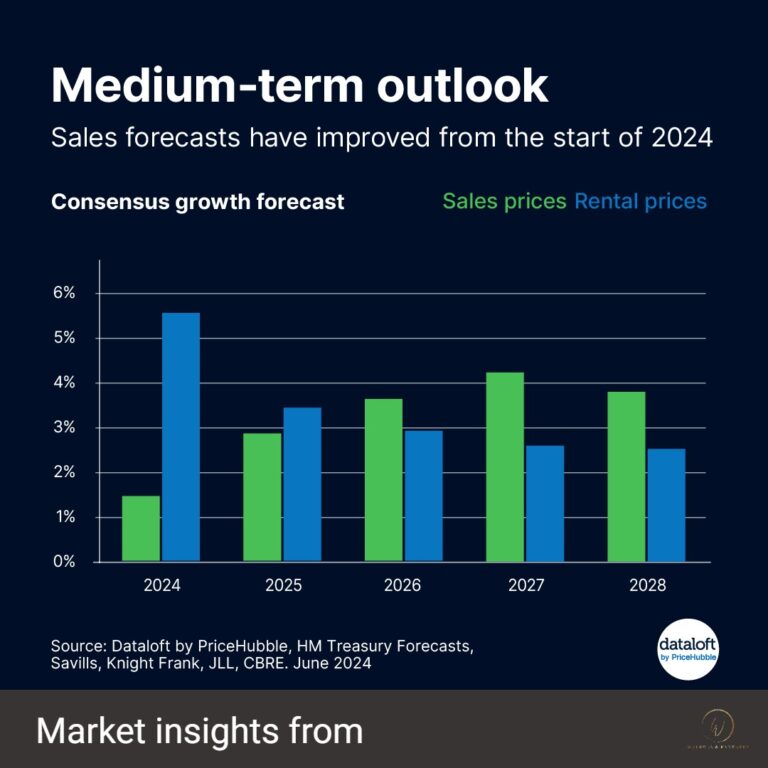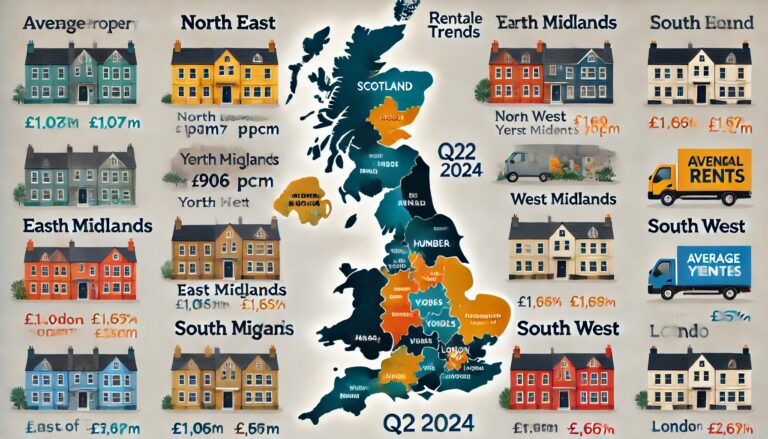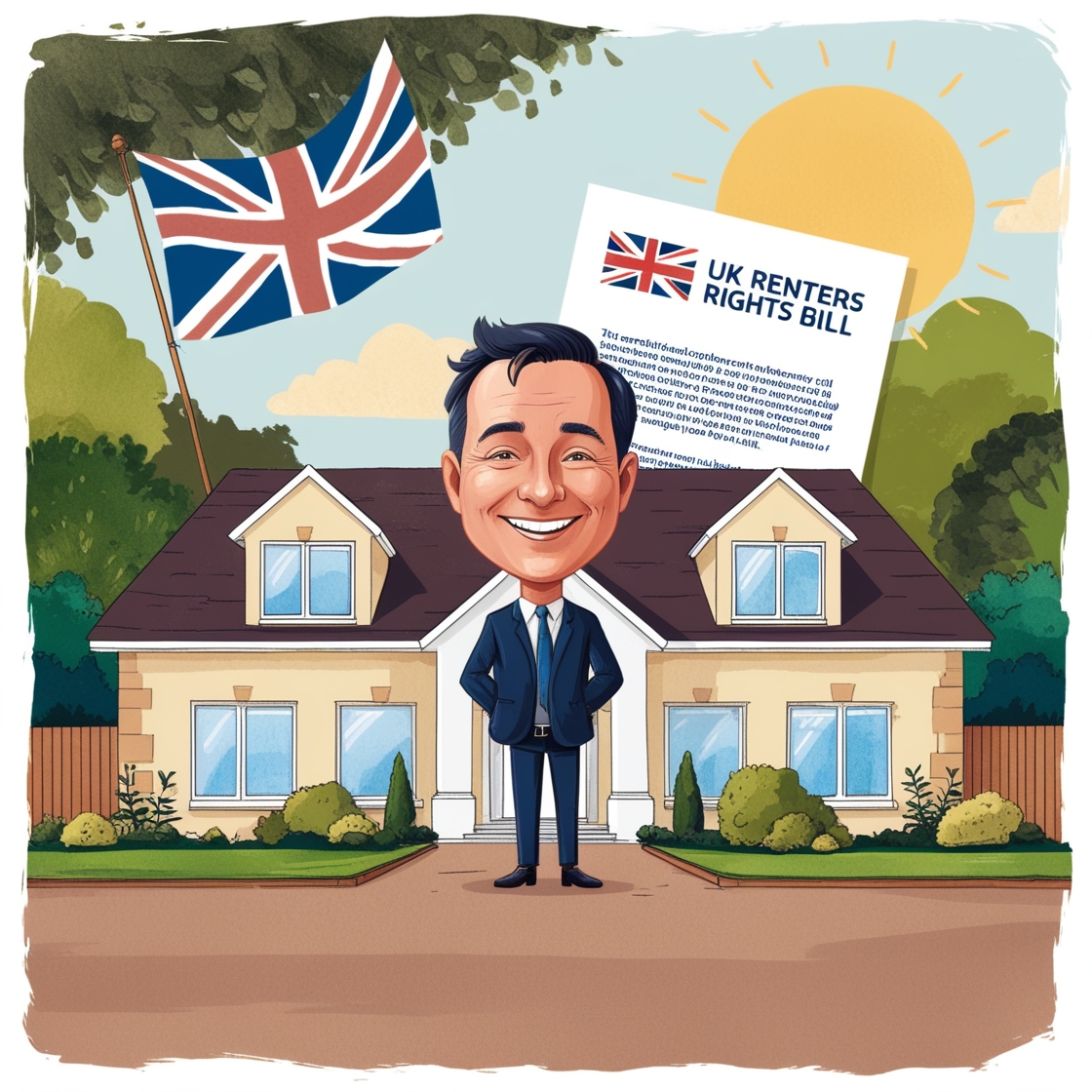Over the years, we’ve encountered numerous instances where Asian investors assume that the letting and management industry, as well as the responsibilities of landlords and tenants, are similar between the UK and Singapore. While there are some similarities, the two industries have notable differences that investors should be aware of. In this blog our aim is to provide you with examples of the differences between Letting and Management UK vs Singapore.
Regulatory Environment UK Vs. Singapore
Singapore:
The lettings industry in Singapore is highly regulated. Property agents must be licensed, and there are strict guidelines to ensure that properties meet safety and habitability standards. This regulatory environment aims to protect both landlords and tenants, ensuring fair and transparent transactions.
UK:
While the UK has a well-regulated lettings market, letting agents are not required to be licensed. However, they must adhere to numerous regulations and codes of practice. The regulatory framework in the UK is designed to safeguard tenant rights and ensure that properties are safe and well-maintained.
Landlord Responsibilities
Singapore:
Landlords in Singapore are responsible for ensuring that their properties are habitable and meet legal standards. They must handle major repairs and maintenance, often engaging property management companies to manage daily operations. This includes everything from routine maintenance to addressing tenant concerns.
UK:
In the UK, landlords have extensive responsibilities, including ensuring property safety, handling necessary repairs, and complying with housing laws. The UK places a significant emphasis on safety standards, requiring regular inspections and certifications, such as gas safety checks and energy performance certificates.
Tenant Responsibilities
Singapore:
Tenants in Singapore are expected to maintain the property in good condition, pay rent on time, and report any maintenance issues. Typically, tenancy agreements include a “minor repair clause,” where tenants are responsible for minor repairs up to a specified amount (e.g., SGD 150).
UK:
UK tenants have similar responsibilities to those in Singapore, including paying rent on time and maintaining the property. However, they benefit from more robust legal protections. Tenants are not usually responsible for repairs beyond basic maintenance and reporting issues, as the onus for significant repairs lies with the landlord.
Role of Letting and Management Agents UK vs. Singapore
Singapore:
Property agents in Singapore play a crucial role in managing tenant relations and property maintenance. They assist landlords with tenant screening, rent collection, and maintenance coordination. The emphasis on licensure and regulation ensures that agents operate transparently and professionally.
UK:
Letting agents in the UK provide comprehensive services, including tenant vetting, rent collection, property inspections, and maintenance management. Although they are not required to be licensed, they must comply with various regulations and codes of practice to ensure high service standards and legal compliance.
Inventory Check-In and Check-Out Reports
Singapore:
Inventory check-in and check-out reports are standard practice in Singapore. These reports document the condition of the property and its contents at the start and end of the tenancy. They help resolve disputes over damages and ensure that tenants are only held responsible for damages they cause beyond normal wear and tear.
UK:
Similarly, in the UK, inventory check-in and check-out reports are crucial. They provide a detailed record of the property’s condition and contents, helping to protect both landlords and tenants. These reports are essential for resolving disputes over deposit deductions for damages.
Tenant Responsibility for Breakages UK vs. Singapore
Singapore:
Tenants in Singapore are responsible for breakages they cause. The “minor repair clause” typically specifies the tenant’s responsibility for repairs up to a certain amount. For significant damages, landlords can deduct the cost from the security deposit or seek compensation from the tenant.
UK:
UK tenants are also responsible for damages they cause. Landlords can deduct repair costs from the tenant’s deposit or seek compensation through legal means if necessary. The inventory reports play a crucial role in documenting such damages.
Deposit Protection. Letting and Management UK vs. Singapore
Singapore:
In Singapore, security deposits are typically one to two months’ rent and are held by the landlord. There are no mandatory deposit protection schemes, but the terms of deposit return should be clearly outlined in the tenancy agreement to avoid disputes.
UK:
In the UK, landlords must protect tenants’ deposits in a government-approved deposit protection scheme (DPS, TDS, or MyDeposits). This ensures that the deposit is safeguarded and returned at the end of the tenancy, minus any deductions for damages or unpaid rent. The scheme also offers a dispute resolution service.
Conclusion: Letting and Management UK vs. Singapore
While there are some similarities in the letting and management UK vs Singapore, significant differences exist in regulation, responsibilities, and processes. For Asian investors, understanding these differences is crucial for successful property management and investment. Both markets offer robust frameworks designed to protect the interests of landlords and tenants, but they operate under different principles and legal structures. By recognizing and adapting to these differences, investors can better navigate the complexities of each market and make informed decisions. For further information on the services we offer please visit .








